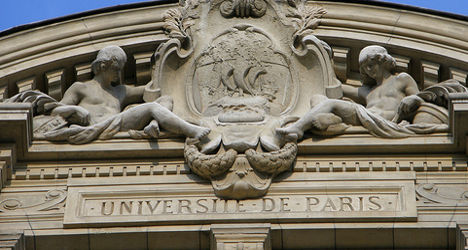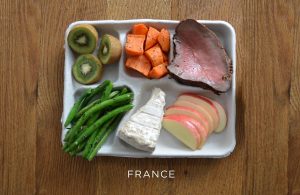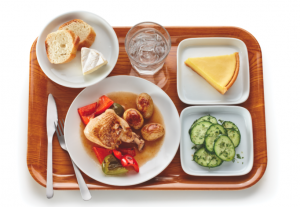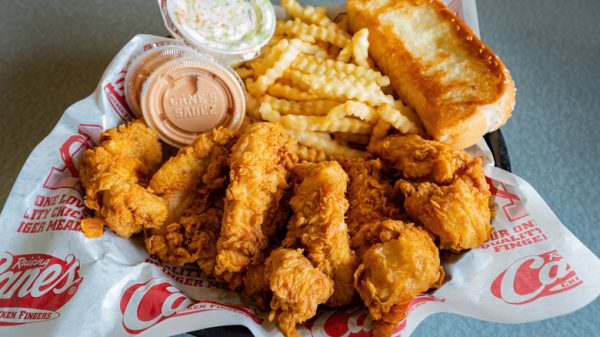French Schools vs. American Schools

Many differences are present when French and American Schools are compared, like the language, teaching methods, and even the preparation of school lunches.
Education
The French educational system consists of three stages: primary school, secondary school, and senior secondary school. Primary school consists of grades kindergarten through six/seven. Secondary school consists of grades seven through ten. Senior secondary School consists of grades eleven and twelve. Students go to school for a total of thirteen years. After graduating high school, students must take the Baccalauréat, an academic qualification test intended to qualify successful candidates for higher-level colleges. College tuitions range from 150 euros ($178.63) or 900 euros ($1,071.78) per term.


Students in France go to school four days a week. School normally starts at around 8:30 in the morning and ends at around 4:30 in the afternoon, and students receive two breaks during the day. Twelve courses are taken, including mathematics, a foreign language, and physics. Students spend up four or five hours on homework each night. Uniforms have not been required in schools since 1968, but some boarding schools still have them. Sports are not really a big thing in France; if children do sports they are normally only with the community they live in.
In the United States, students go to school for twelve years, with three different stages also: elementary school, middle school, and high school. Elementary school usually consists of grades kindergarten through fifth, however, the grade levels can vary. Middle school contains grades six through eighth. High school goes through twelfth grade, and college tuitions can average from $9,139 to $31,231.
School runs Monday through Friday, starting at 8:30 in the morning and ending around 3:00, with students getting a small break for lunch. The subjects vary depending on the grade level, however, there are four core classes–math, science, language arts, and history. In middle school and high school, students have some choice in the classes they take. Sports are very common.
Children in the United States do not tend to spend as much time on homework. Uniforms are also not required in America, but, similar to France, some schools still have them.
Lunch
In France, school meals are planned two months in advance. The school menu consists of a wide range of vegetables, different kinds of fish, and a very large variety of cheese. The management staff is cautious of sugar intake and making sure the meal is balanced with proteins, fruits, vegetables, and complex carbs. To make the meal healthier, children do not consume pre-packaged fruit or vegetables, and soups are prepared the day of, not days prior. Studies have shown that healthier eating habits result in better educational outcomes and less sick days.
On the contrary, students across America are consuming foods that are high in sugar, fat, and salt. Experts say this is contributing to obesity tremendously, and that it later leads to children doing poorly in school. Additionally, students’ eating habits are not monitored, so many of their lunches consist solely of snacks, and some do not eat at all. Despite being allowed to bring lunches from home, numerous children buy their lunch, and the number of those who pack decreases as they age.
Students in the U.S.A have the option to bring a packed lunch from home, however, the number of those who do so decreases as they age.


Kids in France receive a two hour lunch break. According to Eric Rimm, professor of epidemiology and nutrition,”Kids learn a lot at school. They should also learn how to eat slowly and enjoy their food.”
On the other hand, in America, lunch periods last around thirty minutes, which does not give students enough time to digest their food. Kids who have to buy their lunch often have to wait in a long line before they can even purchase their lunch, which takes up ten-to-fifty minutes.
Lunches in the United States can range anywhere from two dollars and seventy cents to three dollars and ten cents. In Paris, France, some families can pay up to seven dollars.

Students are discouraged from bringing their own lunches from home in France. They have a strict policy on portion sizes the students are allowed to eat, the cooking methods. Students are only allowed to have fried foods once a month. Schools deny students being able to serve themselves freely with their own choice of condiments (ketchup,mustard,barbecue sauce,..etc). At lunch, the children drink water only. The dairy expectations are met with cheese and yogurt meaning the students did not get anymore diary during that lunch period.
Both countries have their own unique way of teaching, cooking their food, and creating the schedule that the children use everyday in their daily lives.






